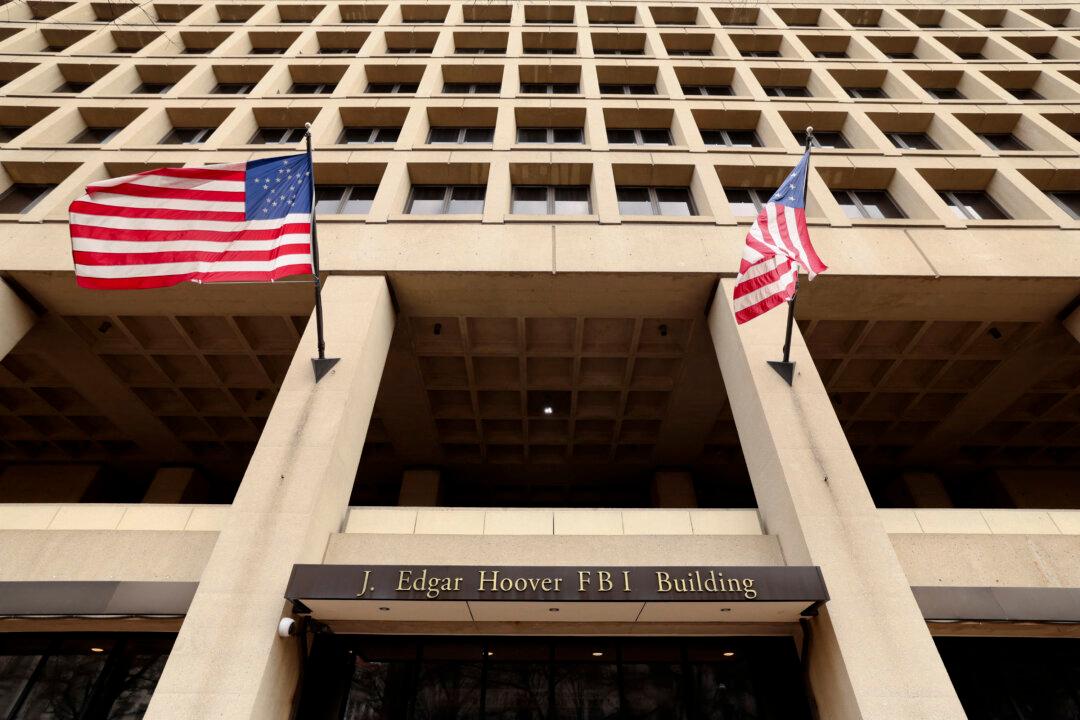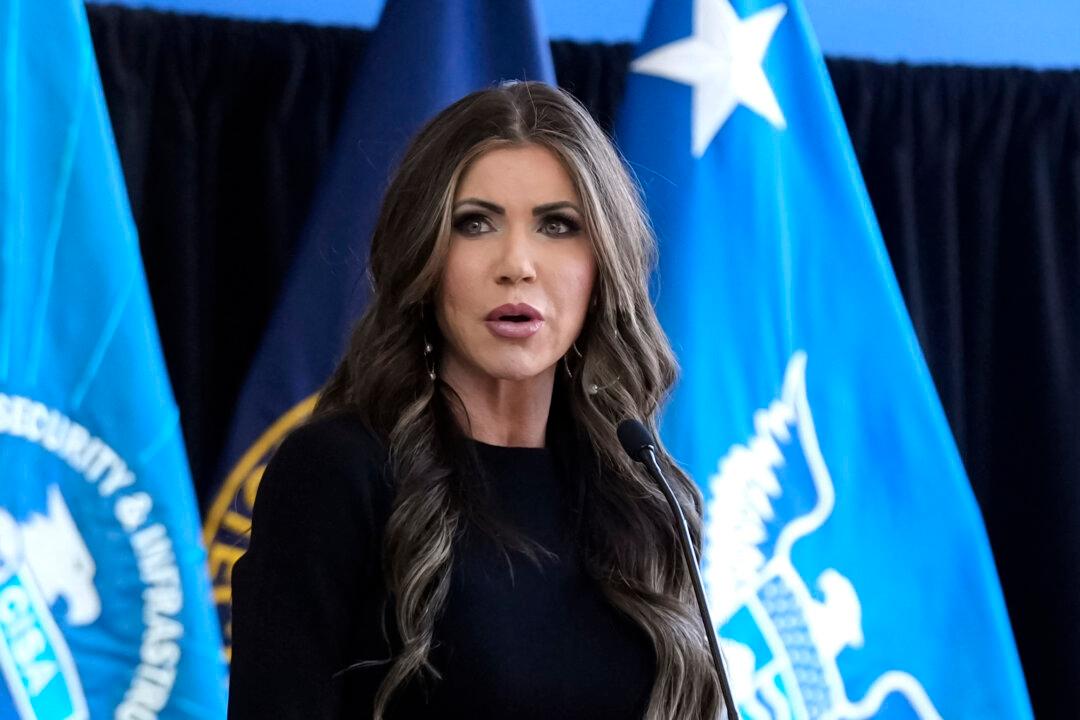The Biden administration announced Wednesday that it would forgive an additional $4.8 billion in student loan debt for 80,300 borrowers, bringing the total that taxpayer burden to $132 billion.
“I won’t back down from using every tool at our disposal to get student loan borrowers the relief they need to reach their dreams,” President Joe Biden said in a Dec. 6 statement, in which he made clear that his administration is undeterred by the recent Supreme Court decision to block a wide-ranging initiative to cancel up to $20,000 in debt per student.
“In the wake of the Supreme Court’s decision on our student debt relief plan, we are continuing to pursue an alternative path to deliver student debt relief to as many borrowers as possible as quickly as possible,” the president added.
The latest action brings the total number of borrowers whose student loans have been forgiven to over 3.6 million.
“This level of debt relief is unparalleled, and we have no intention of slowing down,” Secretary of Education Miguel Cordona said in a statement.
The latest round of student loan forgiveness includes $2.6 billion for 34,400 borrowers under the public service loan forgiveness (PSLF) scheme and $2.2 billion for 46,000 borrowers under the one-time payment adjustment for income-driven repayment (IDR) plans.
Debt Forgiveness In Focus
Amid the president’s long-standing pledge to erase student debt, the Biden administration in August 2022 unveiled a plan to forgive up to $20,000 in student debt per person for about 40 million borrowers.Under that sweeping plan, taxpayers would have absorbed up to $10,000 in outstanding student debt for individual borrowers earning less than $125,000 per year or $250,000 for married joint filers.
At the time, Senate Minority Leader Mitch McConnell (R-Ky.) called President Biden’s student loan cancellation scheme “socialism” and a “slap in the face of every family who sacrificed to save for college, every graduate who paid their debt, and every American who chose a certain career path or volunteered to serve in our Armed Forces in order to avoid taking on debt.”
But a lawsuit put a halt to the Biden administration’s $20,000 per student forgiveness plan. In a split decision on June 30, the Supreme Court voted 6-3 to strike it down.
Sixteen million people had been approved for debt relief, and “the money was literally about to go out the door,” according to President Biden’s remarks following the ruling.
“And then Republican elected officials and special interests stepped in,” he continued.
“They said no, no—literally snatching from the hands of millions of Americans thousands of dollars in student debt relief that was about to change their lives.”
Promising to provide further student loan relief by other means, the president said at the time that the “decision has closed one path, and now we’re going to pursue another.”
Presidential Campaign
Some political strategists have said that debt forgiveness actions like the one the White House announced on Dec. 6 could help President Biden as he runs for re-election—even if those actions are blocked by the courts.President Trump reacted to the Supreme Court ruling by saying at a campaign event in June that the debt cancellation “would have been very unfair to the millions and millions of people who paid their debt through hard work and diligence—very unfair.”
Florida Gov. Ron DeSantis, who trails President Trump in second place, has said that it’s wrong for taxpayers to be forced to shoulder the burden of other people’s debts.







